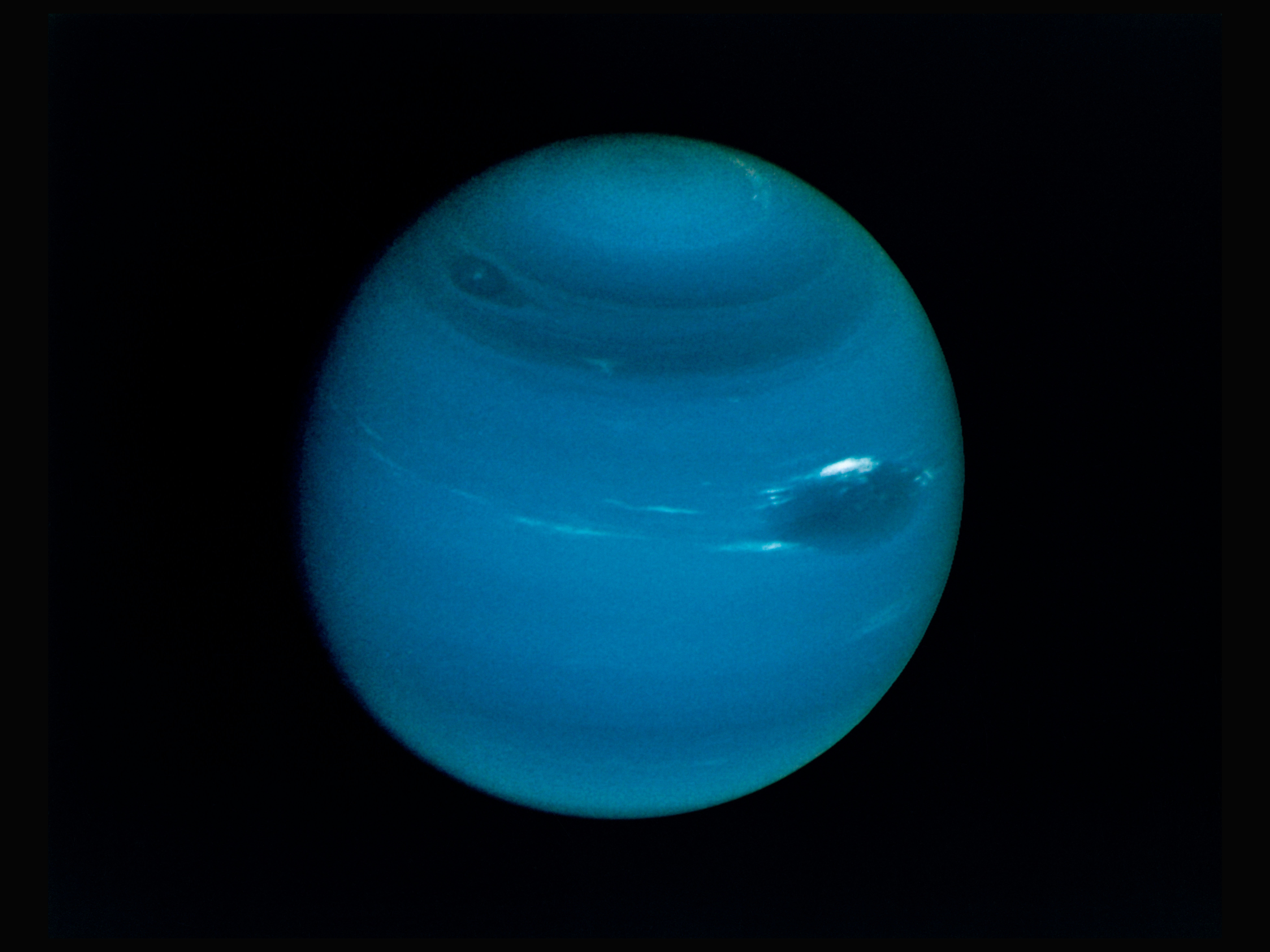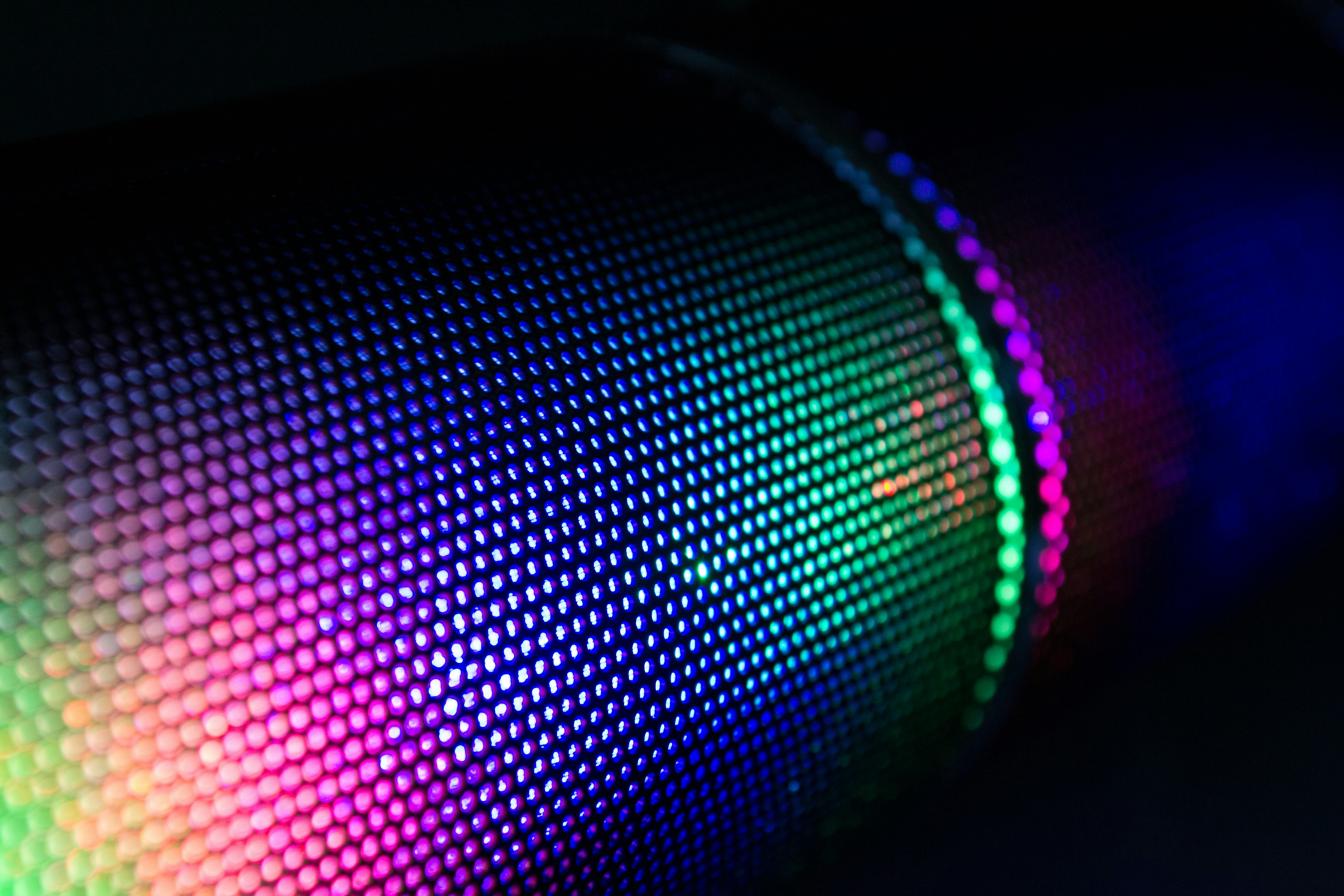
Top 10 Best UK Universities for Space Engineering & Space Science Degrees (2025 Guide)
Top 10 Best UK Universities for Space Engineering & Space Science Degrees (2025 Guide)
How we picked the list
Subject reputation – strong performance in QS/THE Aerospace or Physics tables, plus proven mission heritage.
Dedicated programmes – named BEng/MEng/MSc space‑focused degrees rather than a single elective.
Research & facilities – clean rooms, TVAC chambers, propulsion rigs, on‑site ground stations or flight heritage.
Industry & agency links – partnerships with ESA, UKSA, AAC Clyde Space, SSTL, Astroscale, etc.
Student experience – hands‑on projects, launch opportunities, and solid graduate outcomes.
1 Cranfield University
Department overview – The School of Aerospace, Transport & Manufacturing runs the flagship MSc Space Engineering, taught on a working airfield.
Sample modules∙ Space Mission Analysis & Design∙ Satellite Payload Instrumentation∙ Launch & Re‑Entry Vehicle Systems
Research environment – ISO‑8 clean room (4 × 4 × 4 m) for CubeSat/small‑sat integration, a 1.8 km runway used for UAV and high‑altitude‑drop experiments, a Mars‑regolith vacuum chamber and booked slots on ESA’s OPS‑SAT in‑orbit testbed.
Careers & links – Graduates join Airbus Defence & Space, Thales Alenia Space, Astroscale and UKSA’s flight‑dynamics team.
Admissions – 2:1 in aerospace, mechanical or electrical engineering; CAD and MATLAB proficiency expected.
2 University of Surrey
Department overview – The Surrey Space Centre underpins an MSc Space Engineering plus a spacecraft‑systems pathway in the MEng Electronic Engineering.
Sample modules∙ Small‑Satellite Platforms∙ Spacecraft Thermal Control∙ GNSS & Satellite Communications
Research environment – Three clean rooms (ISO‑5 to ISO‑8), a 5 m TVAC chamber and the ground station that flew the historic UoSAT microsats.
Careers & links – Direct pipeline into SSTL (on campus) plus Inmarsat and OneWeb; many students fly hardware on the annual Surrey payload ride‑share.
Admissions – ABB (undergrad) or 2:1 (postgrad) with strong electronics background; personal statement should cite space‑club or CubeSat work.
3 University of Leicester
Department overview – Space Park Leicester and the School of Physics & Astronomy deliver an MSc Space Exploration Systems and BSc Physics with Space Science.
Sample modules∙ Planetary Instrumentation∙ Spacecraft Operations & Ground Segment∙ Earth‑Observation Data Analytics
Research environment – £100 m integration facility for LEO payloads, Harwell‑linked clean rooms and direct involvement in ESA JUICE and Ariel missions.
Careers & links – Alumni populate Airbus, Teledyne e2v and RAL Space; spin‑outs include space‑weather forecaster Helix.
Admissions – 2:1 in physics or engineering; Python or IDL recommended.
4 University of Strathclyde
Department overview – Mechanical & Aerospace Engineering hosts an MSc Satellite Applications and an EPSRC CDT in Future Space Technologies.
Sample modules∙ Spacecraft Guidance, Navigation & Control∙ Space Plasma & Radiation Environments∙ On‑Orbit Servicing & Debris Removal
Research environment – Access to the Scottish Small‑Satellite Test Facility, CubeSat flatsats, and collaborative laser‑ranging sessions on ESA’s Tenerife Optical Ground Station (1 m telescope).
Careers & links – AAC Clyde Space, Skyrora and Astroscale recruit heavily; Glasgow’s Space Cluster hires many MSc alumni.
Admissions – Upper‑second in aero/mech/EEE; applicants should evidence C/C++ or GN&C MATLAB projects.
5 University of Southampton
Department overview – Aeronautics & Astronautics offers a four‑year MEng Astronautics & Space Engineering and a one‑year MSc Space Systems Engineering.
Sample modules∙ Space Propulsion & Rocketry∙ Systems Engineering Practice (ESA‑style reviews)∙ Space Environment & Survivability
Research environment – Wind tunnels up to Mach 5, a cryogenic propulsion test stand and Chilbolton Observatory’s 25 m dish for satellite tracking.
Careers & links – Alumni work at ESA ESTEC, Rocket Factory Augsburg and launch start‑up Orbex; students compete in the IMechE Satellite Design competition.
Admissions – AAA (undergrad) or 2:1 (postgrad); portfolio pieces on rocketry or CanSat projects stand out.
6 University of Glasgow
Department overview – Space Glasgow in the James Watt School of Engineering leads an MSc Aerospace Engineering & Management with a Space Systems option.
Sample modules∙ Spacecraft Dynamics & Control∙ CubeSat Avionics Design∙ Space Mission Business Cases
Research environment – ISO‑5 CubeSat clean‑room cluster, crystal‑growth labs for GaN thrusters and shared access to the Scottish Satellite Application Centre ground station.
Careers & links – Leonardo UK, Spire Global and AAC Clyde Space recruit; ESA BIC Scotland backs spin‑outs.
Admissions – 2:1 in engineering or physics; statement should highlight systems‑engineering experience.
7 University College London (UCL)
Department overview – The Mullard Space Science Laboratory delivers an MSc Space Science & Engineering and hosts ESA instrument hardware lines.
Sample modules∙ Space Instrumentation & Detectors∙ Satellite Systems Engineering∙ Astrodynamics & Mission Design
Research environment – Flight‑qualified clean rooms in rural Surrey, a 40 kN vibration shaker and labs that built hardware for Solar Orbiter and Euclid.
Careers & links – Graduates join RAL Space, NASA Goddard fellowships or UCL spin‑out Planetary Visions; many progress to ESA‑funded PhDs.
Admissions – 2:1 physics, astrophysics or engineering; Python and CAD experience expected.
8 Imperial College London
Department overview – Aeronautics offers a space‑systems stream within its MEng and a new MSc Space Engineering launching autumn 2025.
Sample modules∙ Spacecraft Structures & Materials∙ Autonomous Deep‑Space Navigation∙ Advanced Space Propulsion
Research environment – Netted micro‑gravity drop tower, nano‑sat fabrication suite and London’s only university‑operated S‑band ground station.
Careers & links – Students intern at Astroscale, Satellite Applications Catapult and Phase Four UK; alumni populate ESA mission‑analysis teams.
Admissions – AAA (Maths, Physics) for MEng; first/strong 2:1 for MSc plus orbital‑mechanics coursework.
9 University of Bristol
Department overview – The Faculty of Engineering embeds a Space Engineering pathway in the MEng Aerospace Engineering and co‑leads the West‑of‑England Space Hub.
Sample modules∙ High‑Altitude Flight & Re‑entry∙ Space Robotics & In‑Orbit Assembly∙ Spacecraft Power & Thermal
Research environment – Hypersonic wind tunnel up to Mach 6, additive‑manufacturing labs for titanium thrusters and project slots in the Filton satellite‑integration hall.
Careers & links – Thales Alenia Space, Rolls‑Royce Electrical and Space Forge recruit local graduates; many students launch stratospheric balloons for final‑year data.
Admissions – 2:1 with aerodynamics strength; ROS or thermal‑analysis (Ansys) experience valued.
10 University of Manchester
Department overview – The Department of Physics & Astronomy offers an MSc by Research in Astronomy & Astrophysics with radio‑astronomy and space‑environment topics, alongside an MEng Aerospace Engineering with Space Technology modules.
Sample modules∙ Radio‑Frequency Systems for Space∙ Space Debris Tracking & SSA∙ Astronomical Instrumentation
Research environment – Jodrell Bank Observatory (76 m Lovell Telescope) supports satellite downlink demos; a new Space Environment Prediction Centre opens in 2025.
Careers & links – Graduates join GMV, SSTL microwave‑payload teams and the UK Space Surveillance & Tracking programme.
Admissions – 2:1 physics or EEE; applicants should showcase RF design or orbital‑dynamics projects.
Final tips
Pick your niche – Small‑sat hardware? Surrey or Glasgow. Human‑spaceflight systems? Southampton. Space‑science instruments? Leicester or UCL.
Check facilities – A TVAC chamber or on‑site ground station can supercharge your thesis.
Look for launch opportunities – Cranfield and Surrey fly student payloads annually; Strathclyde CubeSat rideshare lifts in 2025.
Brush up on tools – STK, GMAT, MATLAB, ECSS docs and KiCad/Altium are common prerequisites.
Apply early – High‑demand MScs (Cranfield, Imperial) close by Jan 2025; UCAS equal consideration ends 29 Jan 2025.
Choose the programme that matches your orbital ambitions, and you’ll graduate ready to boost the UK’s growing space economy. Clear skies and nominal trajectories!
All details are accurate to the best of our knowledge for the 2025–26 admissions cycle; always confirm entry requirements, fees and deadlines directly with each university before applying.


